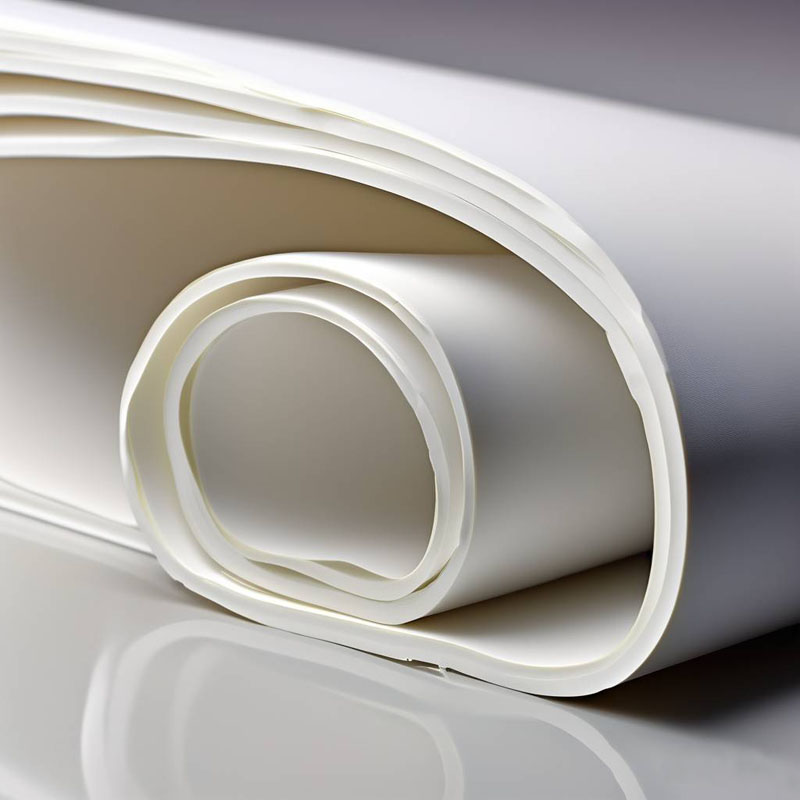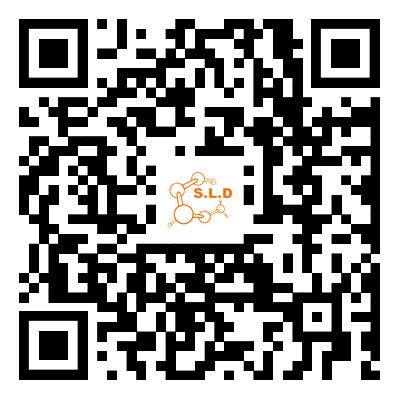What are the safety considerations when handling rubber compound?
2024-09-13
Rubber Compound is a type of material that is widely used in various industries such as automotive, construction, and healthcare. It is a mixture of various chemicals that are vulcanized to produce a durable and elastic material. Rubber compound can be made into various forms such as sheets, strips, and molded products. The use of rubber compound has increased over the years due to its excellent properties such as high heat resistance, good electrical insulation, and chemical resistance. It is used in various applications such as engine mounts, seals, gaskets, and hoses. Here is a closer look at some of the safety considerations that should be taken when handling rubber compound.
What are the potential hazards of rubber compound?
Rubber compound can pose several risks, especially when it is not handled properly. Here are some of the potential hazards of rubber compound:
1. Chemical exposure
Rubber compound contains various chemicals that can be harmful to health. When the chemicals are not handled properly, they can cause skin irritation, eye irritation, and respiratory problems. Therefore, it is important to use personal protective equipment such as gloves, safety goggles, and respirators when handling rubber compound.
2. Fire hazard
Rubber compound is a combustible material and can catch fire easily. Therefore, it should be stored in a cool, dry, and well-ventilated area away from sources of heat and ignition. Smoking should also be prohibited in areas where rubber compound is handled.
3. Machine hazards
Rubber compound is often processed using machines such as mills and mixers. These machines can pose several risks such as entanglement, pinch points, and crushing hazards. Therefore, it is important to follow safety procedures when using these machines and to ensure that they are properly guarded.
How can rubber compound be handled safely?
Here are some tips for handling rubber compound safely:
1. Use personal protective equipment
As mentioned earlier, personal protective equipment such as gloves, goggles, and respirators should be worn when handling rubber compound. The type of equipment needed may vary depending on the task being performed and the chemicals in the rubber compound.
2. Store rubber compound properly
Rubber compound should be stored in a cool, dry, and well-ventilated area away from sources of heat and ignition. It should also be stored in a way that prevents it from becoming contaminated with other chemicals or materials.
3. Follow safety procedures
Safety procedures should be followed when handling rubber compound, especially when using machinery. Workers should be trained on how to use machines safely and should be familiar with the hazards associated with rubber compound. In summary, rubber compound is a versatile material that is used in various industries. However, it can pose several risks when not handled properly. Therefore, it is important to follow safety procedures when handling rubber compound to prevent accidents and injuries. Xiamen Sanlongda Rubber Industry Co., Ltd. is a leading manufacturer of rubber compound. We are committed to providing high-quality and safe products to our customers. Our products are widely used in various industries including automotive, construction, and healthcare. If you have any questions about our products or services, please contact us at dylan@tec-rubber.com.Research paper references:
Wang, G., Li, Y., & Zheng, Z. (2018). Preparation and performance of rubber compound modified by graphene oxide. Journal of Applied Polymer Science, 135(26), 46374.
Gong, Y., Ma, Y., Ma, Y., & Chen, Q. (2016). Synthesis and characterization of natural rubber/modified montmorillonite composite compounds. Journal of Applied Polymer Science, 133(43).
Mithu, M. M. H., Rana, M. E., & Hasan, M. (2019). Study on the properties of natural rubber and nitrile rubber compound. Journal of Chemical Engineering, 33(1), 153-160.
Liao, C. L., Lan, C. W., & Wang, P. H. (2017). Comparative study on viscoelastic behavior of sulfur-cured and peroxide-cured EPDM rubber compounds. Polymer Testing, 59, 472-477.
Kurian, P., & Raghunathan, T. S. (2017). Characterization of filled elastomers: thermoplastic elastomer with nanosilica and carbon black compounds. Polymer Engineering & Science, 57(6), 585-594.
Li, X., Shen, L., Li, Y., & Lin, H. (2020). Study on the preparation and properties of silicone rubber/silica composites. Journal of Materials Science: Materials in Electronics, 31(11), 9363-9373.
Niu, Y., Li, C., Zhang, J., & Gao, Y. (2018). Effects of fillers on properties of silica-filled NBR rubber compounds. Polymer Bulletin, 75(1), 287-303.
Mukhtar, M., Bachtiar, E., & Purwasasmita, M. (2016). Effect of natural rubber content on the properties of citric acid-based polymer composite materials. Materials Science and Engineering: A, 650, 291-298.
Das, P. K., Maity, S., & Haldar, D. (2019). Effect of carbon black on the mechanical and thermal properties of silicone rubber based composites. Polymer Composites, 40(2), 587-596.
Zhao, J., Xie, Y., Li, S., Fang, J., & Xu, J. (2017). Preparation and properties of nitrile-butadiene rubber/modified kaolin composite compounds. Journal of Vinyl and Additive Technology, 23(4), 157-163.






